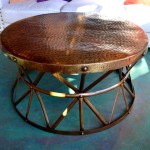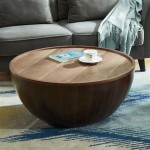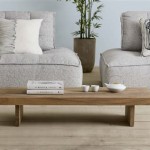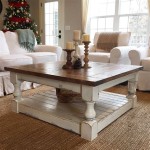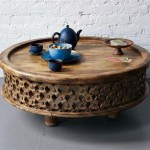Where Should End Tables Be Placed?
End tables are versatile pieces of furniture that can serve various purposes in a room, from providing a convenient surface for drinks and snacks to displaying decorative objects and books. However, their placement can significantly impact the overall aesthetics and functionality of the space. Here are some essential aspects to consider when deciding where to put end tables:
Adjacent to Seating
The most common placement for end tables is next to sofas or chairs. This arrangement creates a convenient spot for resting drinks, books, or remotes while providing additional surface space for lighting or decorative items. End tables should be approximately the same height as the armrests of the seating to ensure easy access and visual balance.
As Room Dividers
End tables can also be used to define different areas within a room, creating a sense of separation and privacy. By placing an end table perpendicular to a sofa or chair, you can create a more intimate corner or reading nook. This technique is particularly useful in larger spaces or open floor plans.
Behind Furniture
In some cases, end tables can be placed behind other furniture pieces, such as behind a sofa or even a bed. This placement can create a more layered look and add depth to the room. However, it's essential to ensure that the end table is not blocking any important pathways or disrupting the flow of traffic.
As a Focal Point
In some instances, an end table can serve as a focal point or statement piece in a room. This is particularly true for tables with unique designs, intricate details, or vibrant colors. By placing the table in a prominent position, such as the center of a seating area, you can draw attention to it and enhance the overall aesthetic appeal.
Consider Function
When determining the placement of end tables, it's essential to consider their intended function. If you primarily use them for storage or display, you may want to place them in a more permanent location. However, if you use them more for convenience or occasional use, you may prefer to keep them close to the seating area and move them as needed.
Scale and Proportion
The scale and proportion of the end tables should also be taken into account. Larger end tables may be more suited for spacious rooms with ample seating, while smaller tables can work well in cozy corners or narrower spaces. Additionally, the height of the table should complement the size and style of the seating to achieve a harmonious look.
Symmetry and Balance
In some cases, creating symmetry and balance in a room can enhance its visual appeal. For example, using matching end tables on either side of a sofa can create a sense of order and formality. However, it's not necessary to limit yourself to symmetry; asymmetrically placed end tables can add interest and character to a room.

How To Style An End Table Like A Pro Stonegable
Strategic End Table Placement For Style And Function Our Good Life

5 Must Haves For Your Side Table How To Decorate

Picking The Perfect Side Tables For Your Living Room

Mismatched End Tables Design Ideas

How To Place An Occasional Table House Garden

Picking The Perfect Side Tables For Your Living Room

Ping For Side Tables The New York Times

Choosing Side Tables For Your Home Sanfurniture Ae

Oval Marble And Brass End Tables With Light Gray Couch Transitional Living Room
Related Posts

